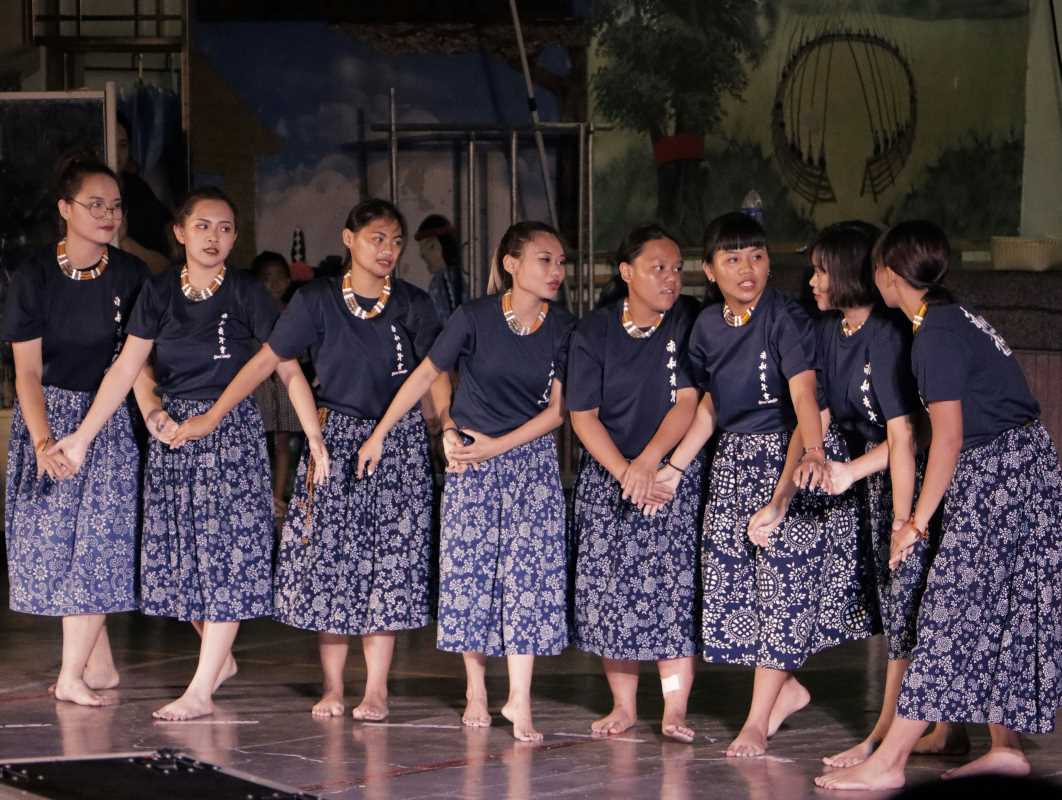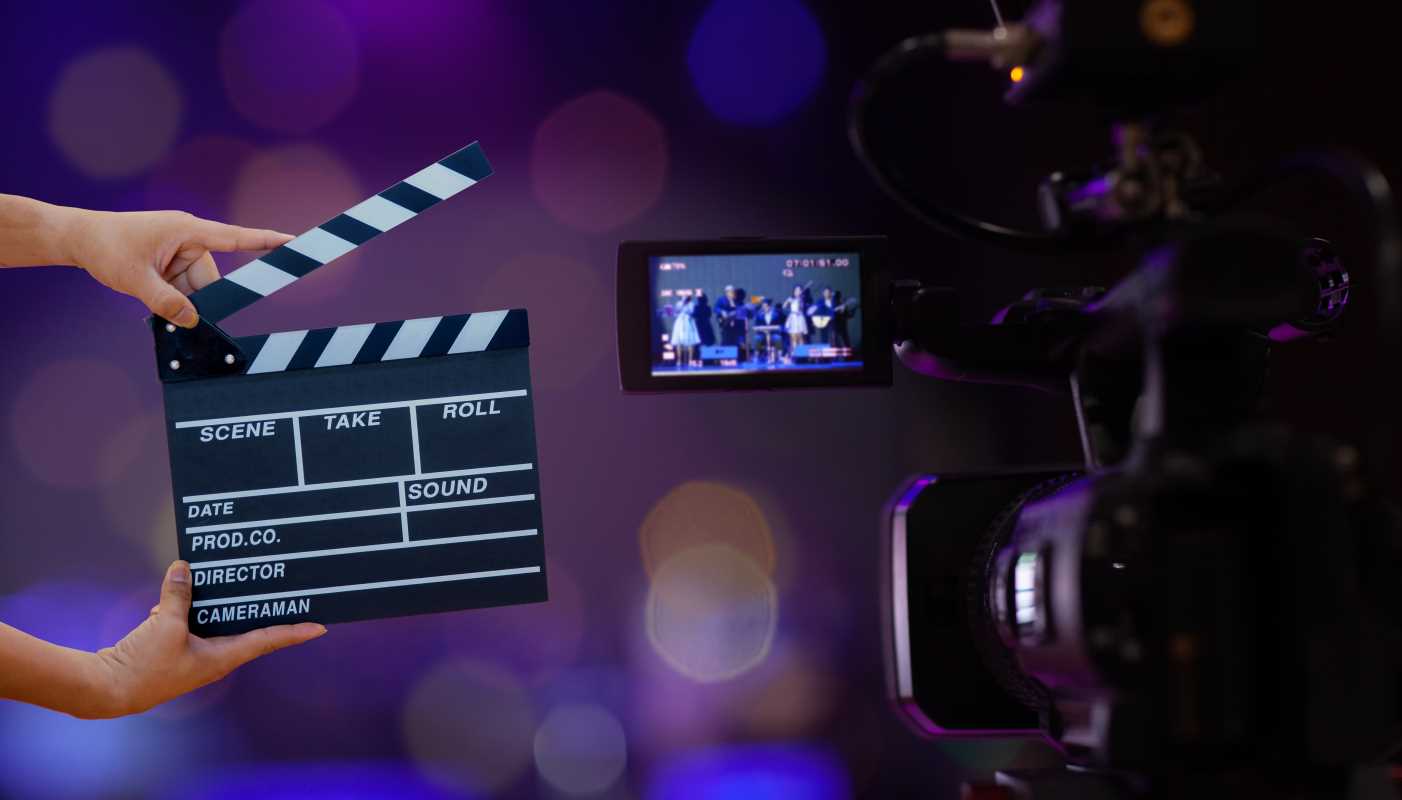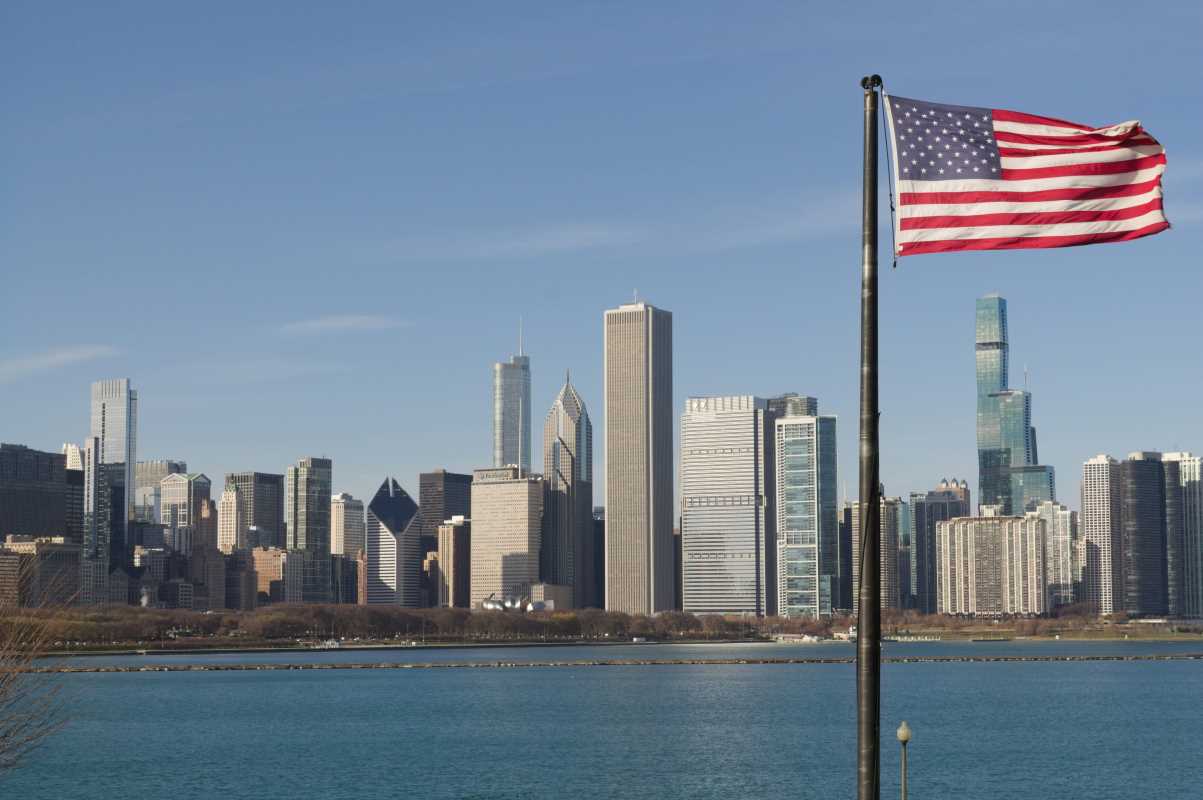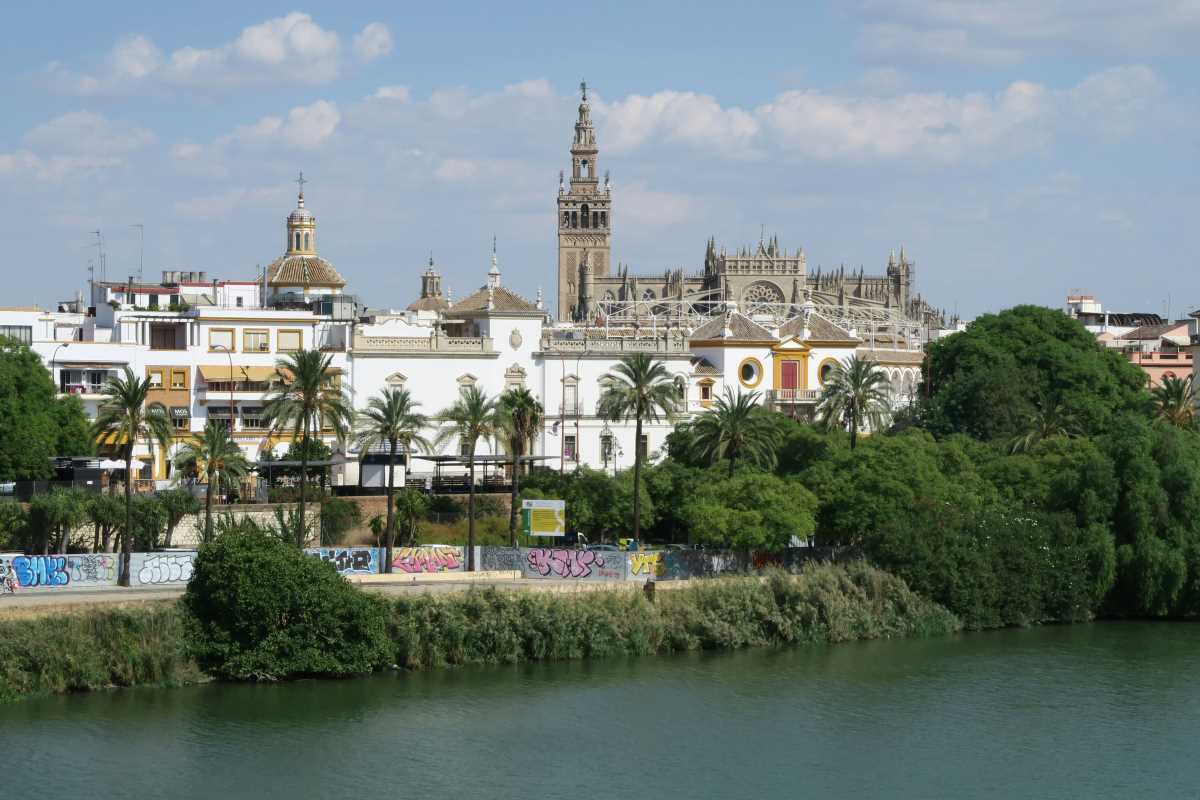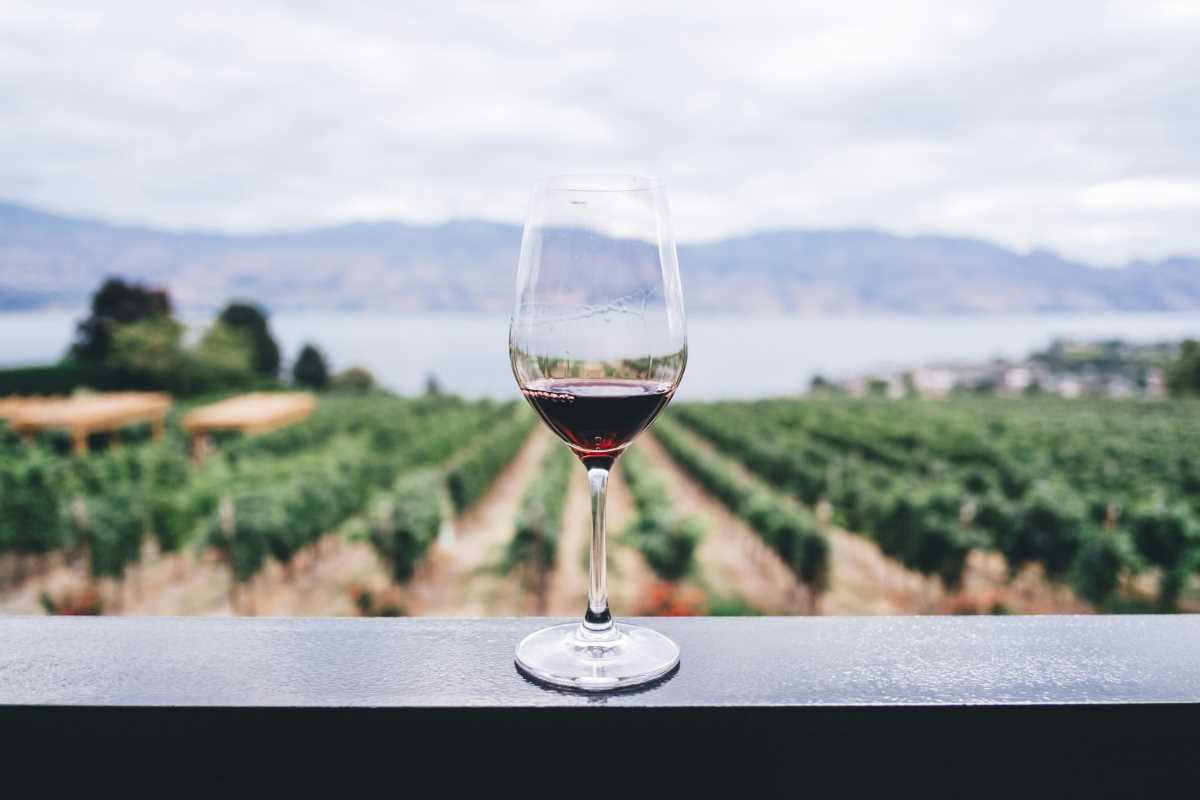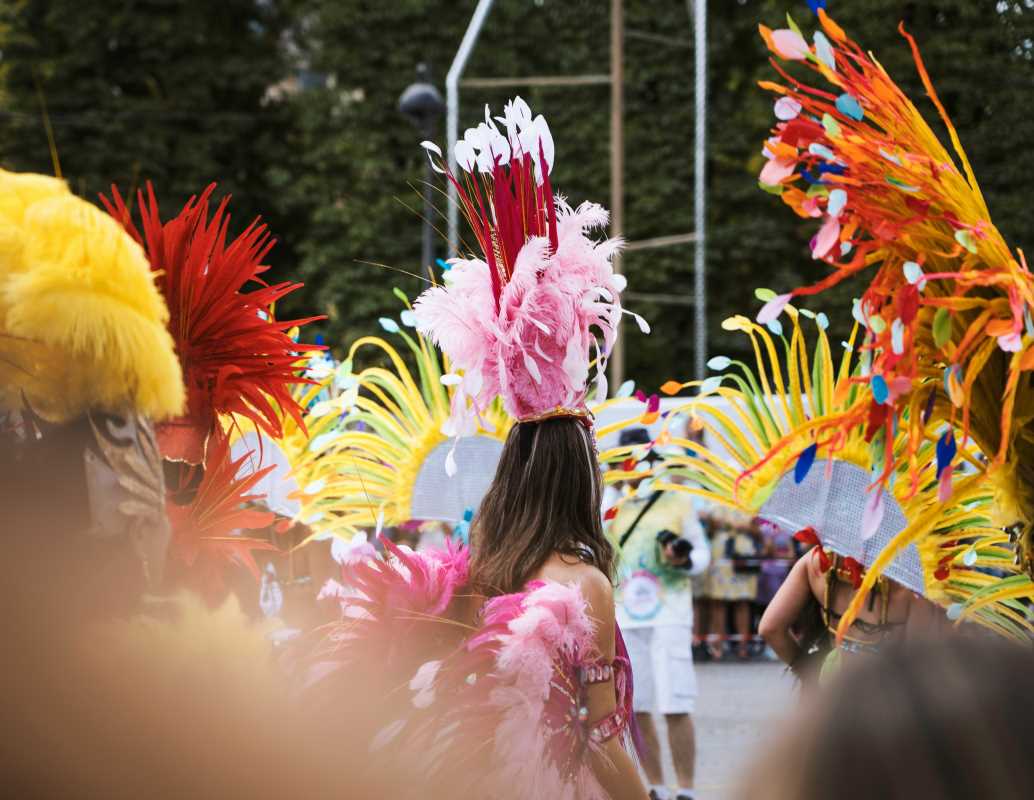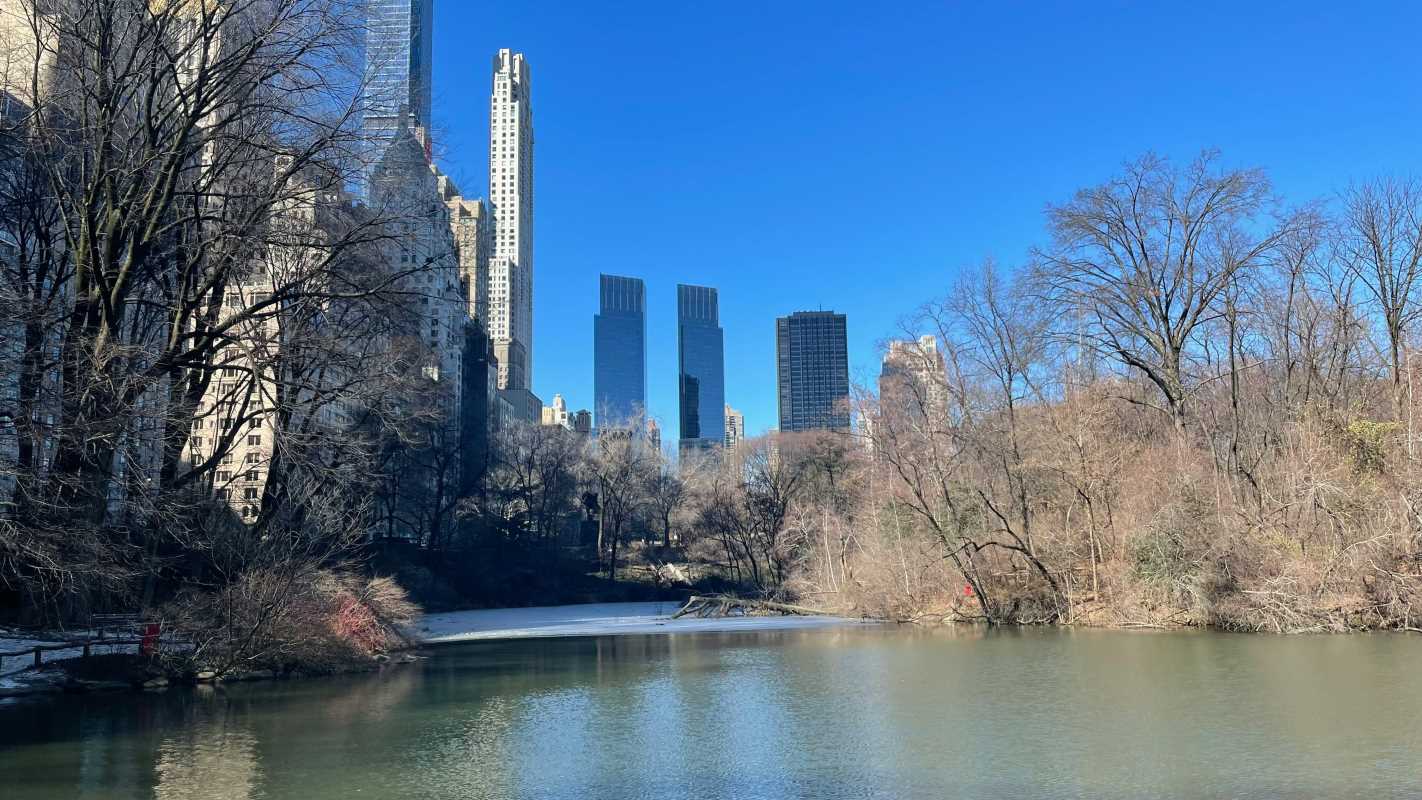The Polynesian Cultural Center in Hawaii is more than just a destination; it’s a vibrant celebration of Polynesian heritage. If you’ve ever seen performers gliding gracefully, their moves telling stories of the islands’ history, you know the magic of Polynesian dance. But did you know you can be more than just a spectator?
Participating in these dance events is not only fun but also deeply enriching. Here’s your guide to stepping into the rhythm while respecting and appreciating the culture.
Connecting with the Cultural Essence of Polynesian Dance
Polynesian dances, such as hula from Hawaii, Siva from Samoa, and Otea from Tahiti, are more than beautiful movements. They are deeply rooted in storytelling, conveying tales of warriors, love, nature, and legends passed down through generations. Each gesture, from a swaying hip to a hand tracing the air, holds symbolic meaning tied to the land, the sea, and the spirit of life.
Understanding the significance of these dances will deepen your appreciation. It’s not just choreography; it’s an emotional connection to the heartbeat of the islands. When participating as a visitor, you gain insight into how the Polynesian people express their identity through every drumbeat and chant.
Once you’re part of a workshop or group activity, you’ll find that the experience feels like an intimate invite into Polynesian traditions. And don’t stress about being a dance pro! Everyone is encouraged to enjoy the movements from the heart, creating memories rather than striving for perfection.
Preparing Yourself for the Dance Floor
Preparation is key. Before jumping into the action, dress comfortably for movement. Consider wearing breezy clothes, avoiding anything too restrictive. Lightweight fabrics like cotton will keep you cool under the Hawaiian sun. Ladies often wrap themselves in pareos (colorful printed sarongs), while men might go for casual island wear.
Besides attire, it’s good to brush up on a bit of dance vocabulary. Terms like ‘ipu’ (gourd drum) or ‘uliuli’ (feathered rattle) might pop up during workshops. Familiarity with these elements can enhance your understanding and engagement.
The preparation process, combined with the location’s tropical ambiance, contributes to the adventure. You’ll feel the breeze, hear the distant rhythm of drums, and catch a whiff of tropical flowers on the air. Excitement builds as dancers introduce you to the beats and steps, easing any first-timer nerves.
Immersing in the Atmosphere of Polynesian Dance
What can you expect when it’s time to join the show? First, an outpouring of welcoming energy. Polynesian hospitality, called aloha spirit, ensures guests feel part of the ohana, or “family.” Before dancing begins, there’s often a brief explanation about the meaning behind the choreography you’ll learn.
The music plays a central role in guiding the pace. It may range from the gentle pluck of ukuleles to the powerful thuds of Pahu drums. The instructors themselves are riveting, often smiling and laughing as they guide you step by step. Their warm, encouraging attitude helps even the most hesitant participant loosen up.
As you settle into the rhythm, the magic happens. You move alongside people of different backgrounds, all united by this shared, meaningful cultural moment. The joy in the air is palpable, creating a memory you’ll cherish forever.
Showing Respect and Understanding Etiquette
Getting involved in Polynesian cultural events goes hand in hand with respect. Knowing a few basic guidelines helps ensure your experience is harmonious. First and foremost, approach with humility and curiosity. The Polynesian Cultural Center serves as a place to honor traditions, and cultural sensitivity is greatly appreciated.
Here are some helpful tips to keep in mind:
- Follow the lead of your instructor, and refrain from improvising unless invited to do so.
- Avoid making jokes or comments during serious cultural moments like chants or blessings.
- Ask questions if you’re not sure about something; instructors are usually thrilled to share the meaning behind traditions.
- Photographing or recording might not always be allowed during certain segments, so check first out of consideration.
- Always show gratitude after the experience, whether through a smile, a thank-you, or a kind word.
Respecting the customs lifts the entire event into something meaningful. Not only does it enhance your experience, but it fosters a bridge between visitors and locals, honoring the history and artistry passed down through the generations.
Maximizing Your Time at the Polynesian Cultural Center
Participating in Polynesian cultural dance is just the beginning. The Center offers an array of activities and attractions that complement the dance experience. From canoe tours reflecting village life to attending full-scale dinner shows, there’s plenty to absorb.
Plan your visit to capture both daylight and evening events; each time of day offers its own charm. By day, hands-on activities and local interactions shine, while evening performances light up with spectacular fire dances. And speaking of food, while you’re onsite, don’t skip the traditional luau feast, full of rich flavors from roasted pig to coconut pudding.
To boost your overall experience, try mingling with other participants in your dance workshop. Conversations with fellow travelers often uncover hidden tips, like the best time of day to snag front-row seats or the hottest spots in the nearby marketplace.
No matter how you choose to spend your moments at the Polynesian Cultural Center, rest assured you’ll leave with incredible memories. Dance, music, and camaraderie will linger in your mind long after the sun sets on your Hawaiian escapade.
